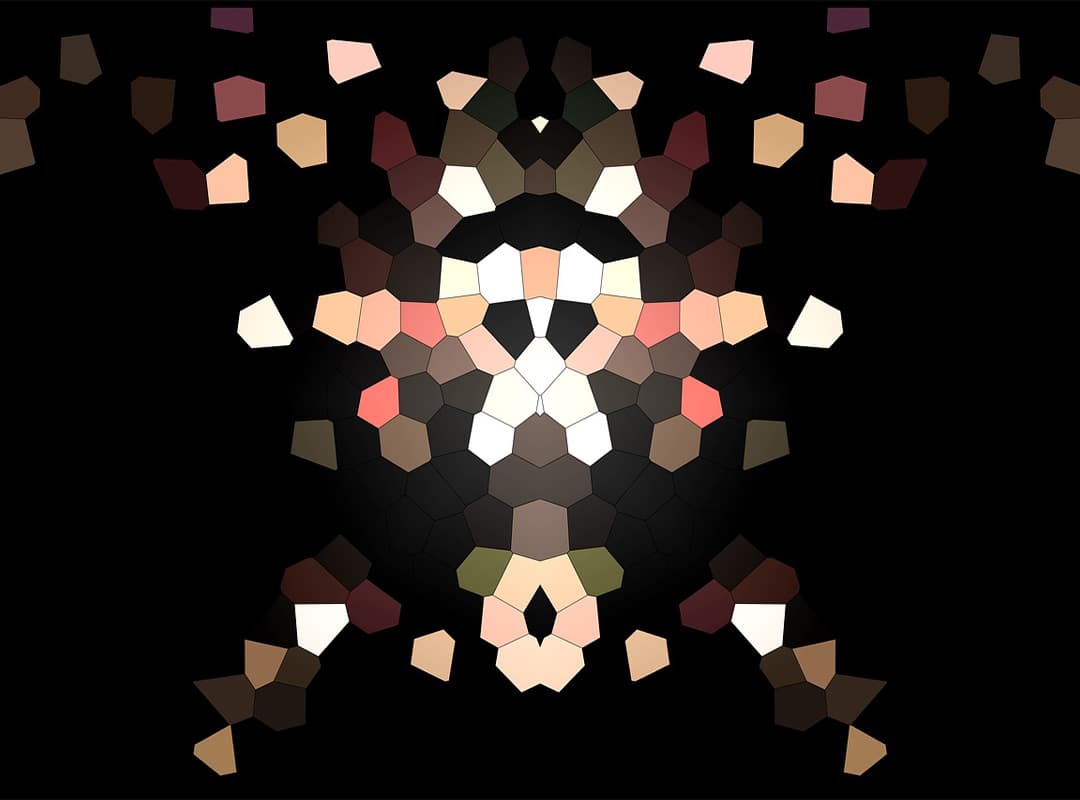Different GameFi projects usually have several features in common. In-game items, such as avatars, land, costumes, weapons, gold, tokens, and pets, are represented in the form of NFTs – non-fungible digital tokens that confirm ownership of these digital objects. Players acquire these items during the game and can trade them on NFT marketplaces for profit or exchange them for cryptocurrencies, which in turn can be exchanged for cash.
The emergence of GameFi
Early GameFi games used the bitcoin blockchain, but the cost of transactions and insufficient speed prompted the introduction of the Ethereum blockchain network with support for smart contracts.
Cryptocurrency game developers have used Ethereum extensively, and it is still popular despite the fact that it also has performance issues due to limited block space. This vulnerability was discovered when the viral popularity of CryptoKitties overloaded the Ethereum network in late 2017, leading to a sharp increase in Ethereum fees.
Due to block space limitations in the Ethereum blockchain, transactions requiring faster settlement times incentivize miners to add them before others through the enabled fee model. As demand exceeds the available block space, the cost of transactions increases dramatically and this leads to a decrease in value for some users.
GameFi distribution
Of course, a game that requires exorbitant fees for in-game transactions will not gain a large user base. Faced with this problem, some crypto game developers have switched from the Ethereum base layer to faster networks such as: Solana, Polkadot, Polygon, Wax, and BSC.
GameFi projects have many levels to complete. Players can increase their earnings by spending time upgrading their characters, monetizing their land assets, developing buildings that other players pay to visit, or fighting other players in tournaments.
All data is stored in a decentralized public blockchain that keeps track of what belongs to whom. This means that all assets belong to players, not game developers.
If you are a player, then any in-game asset you buy is yours forever, even if the server is down or the game company has technical problems. Thanks to this, crypto games are a source of real income for players even when they are having fun. Some gamers even earn a full-time income.
Other advantages of GameFi
There are other advantages as well. DeFi concepts, such as staking, liquidity mining, and profit generation, are firmly entrenched in GameFi projects. These are all additional ways in which players can earn passive income in the game. Players can deposit their game assets into staking to receive annual interest and other rewards that they can use to unlock new levels or purchase additional game items. At the same time, players can make borrowings by pledging their game assets.
Unlike traditional game development, which is centralized, GameFi projects can involve users in decision-making. Some games allow players to make decisions about future game updates and give stakeholders and GameFi DAO (Decentralized Autonomous Organization) members a voice.
A DAO allows token holders to propose and vote on updates to the project; this makes GameFi truly interactive. Such features usually have a financial impact, for example, DAO members vote to increase the reward for a certain game action.
You must own a project management token to become a member of a GameFi DAO. As a rule, your voting power is directly proportional to the number of tokens you own.
